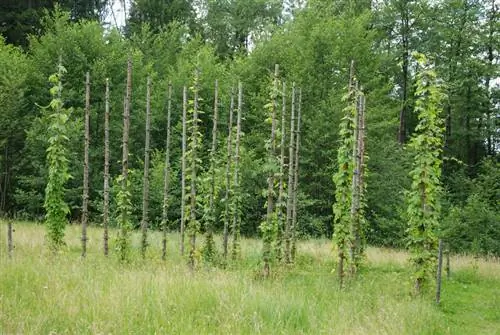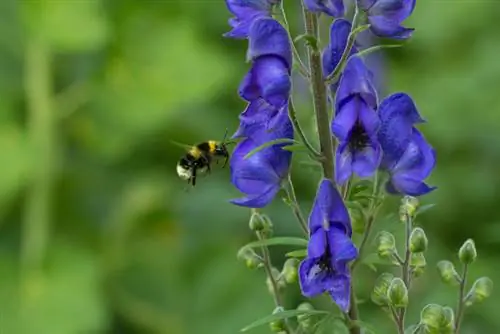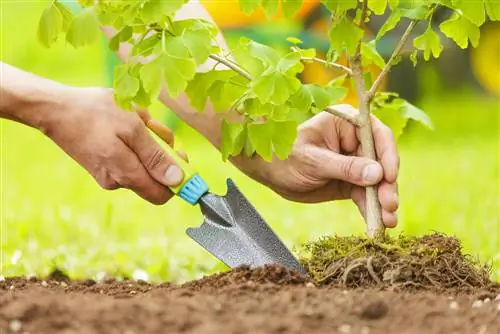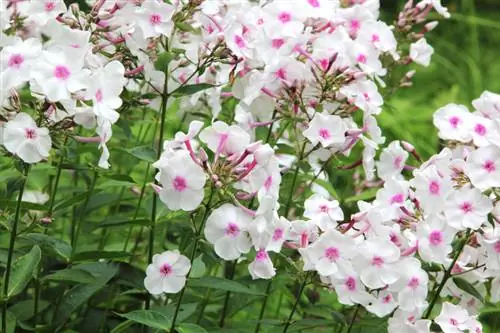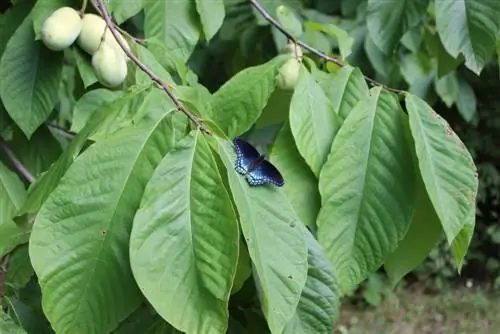- Author admin [email protected].
- Public 2023-12-16 16:46.
- Last modified 2025-01-23 11:21.
The camellia needs a lot of light to thrive, and it also prefers slightly acidic soil. If the location is unsuitable, the expected abundance of flowers will quickly fail. Then you can move your camellia without worry.

How should you properly transplant a camellia?
To successfully transplant a camellia, you should dig up the root ball generously, damage the roots as little as possible, transport the plant carefully and place it in a prepared planting hole with rhododendron soil and nitrogen-containing fertilizer. Then water well and water regularly.
When is the best time to transplant?
It is best to plant your camellia outdoors shortly after planting it out. If you have grown your camellia in a pot, repot the plant about every two to three years, also after flowering. If repotted too often, the camellia will only form a few buds and the abundance of flowers will suffer.
How do I transplant a camellia correctly?
Since the camellia has very sensitive roots, it should be dug up as generously as possible and moved carefully. A large board or something similar that you slide under the pad of the camellia can be helpful. Then move the plant to its new location. The camellia can also be carried on the board by two people.
Before you move your camellia, dig a planting hole that is slightly larger than the ball. Add some nitrogen-containing fertilizer or a good portion of rhododendron soil to the hole and carefully place the camellia in, as deep as it was previously in the ground. Fill the hole with (rhododendron) soil and water your camellia well.
Does a newly transplanted camellia need special care?
In the early days after transplanting, you should water your camellia regularly, about every two or three days, especially if the weather is warm and dry. However, be careful not to create any waterlogging. Further care measures are generally not necessary.
If the root ball was significantly damaged when the camellia was transplanted, cut the plant back generously. This will reduce the water requirement and evaporation through the leaves and prevent your camellia from drying out.
The most important things in brief:
- Dig up the root ball generously
- Damage roots as little as possible
- Carefully transport the plant to the new location
- prune generously if roots are damaged
- Place some rhododendron soil or nitrogen-containing fertilizer in the planting hole
- Insert camellia, as deep as before
- Fill planting hole with rhododendron soil
- pour well
What should I consider when repotting a camellia?
When repotting, proceed just as carefully as when transplanting outdoors. Choose a pot that is just a little larger than the old one. About five centimeters more in diameter is sufficient. Use rhododendron soil here too, because your camellia feels most comfortable in this slightly acidic environment.
Tip
Make sure that the delicate root ball of your camellia is damaged as little as possible when transplanting.


